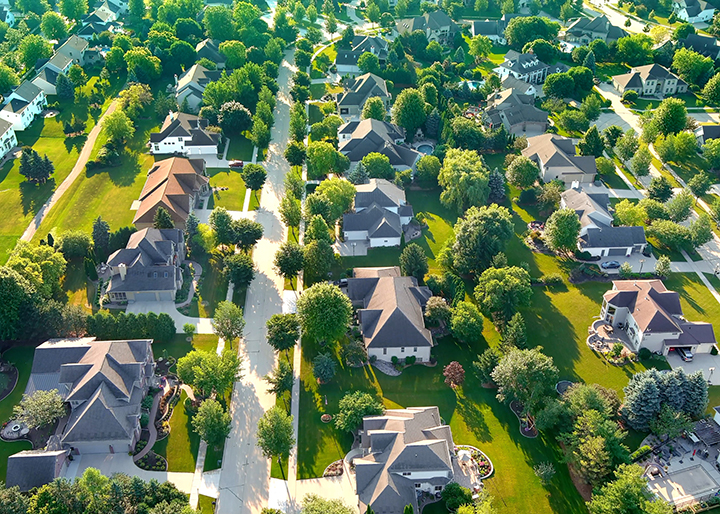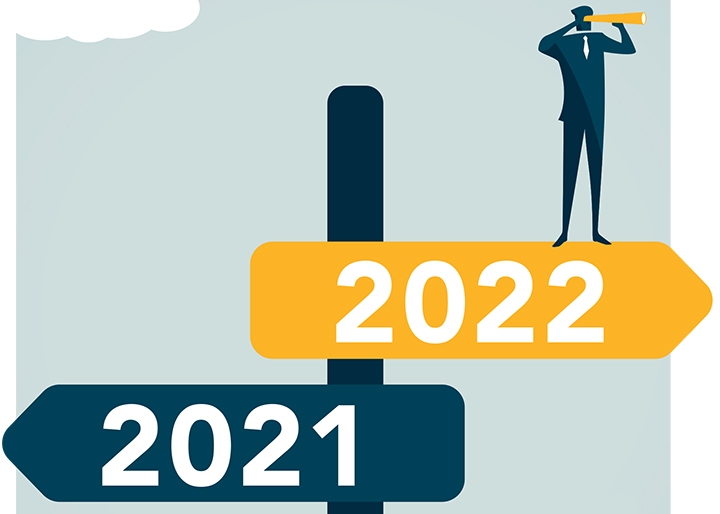The Housing Affordability Challenge
Myth vs Reality By David Howard Housing affordability in the United States has been a challenge for some homebuyers. However, recent assertions that large single-family rental home companies are the culprit are not supported by the data in any way, shape, or form. While demand for housing has surged to near-unprecedented levels over the last couple of years, large single-family rental home companies have attracted attention for the size and
Read More








